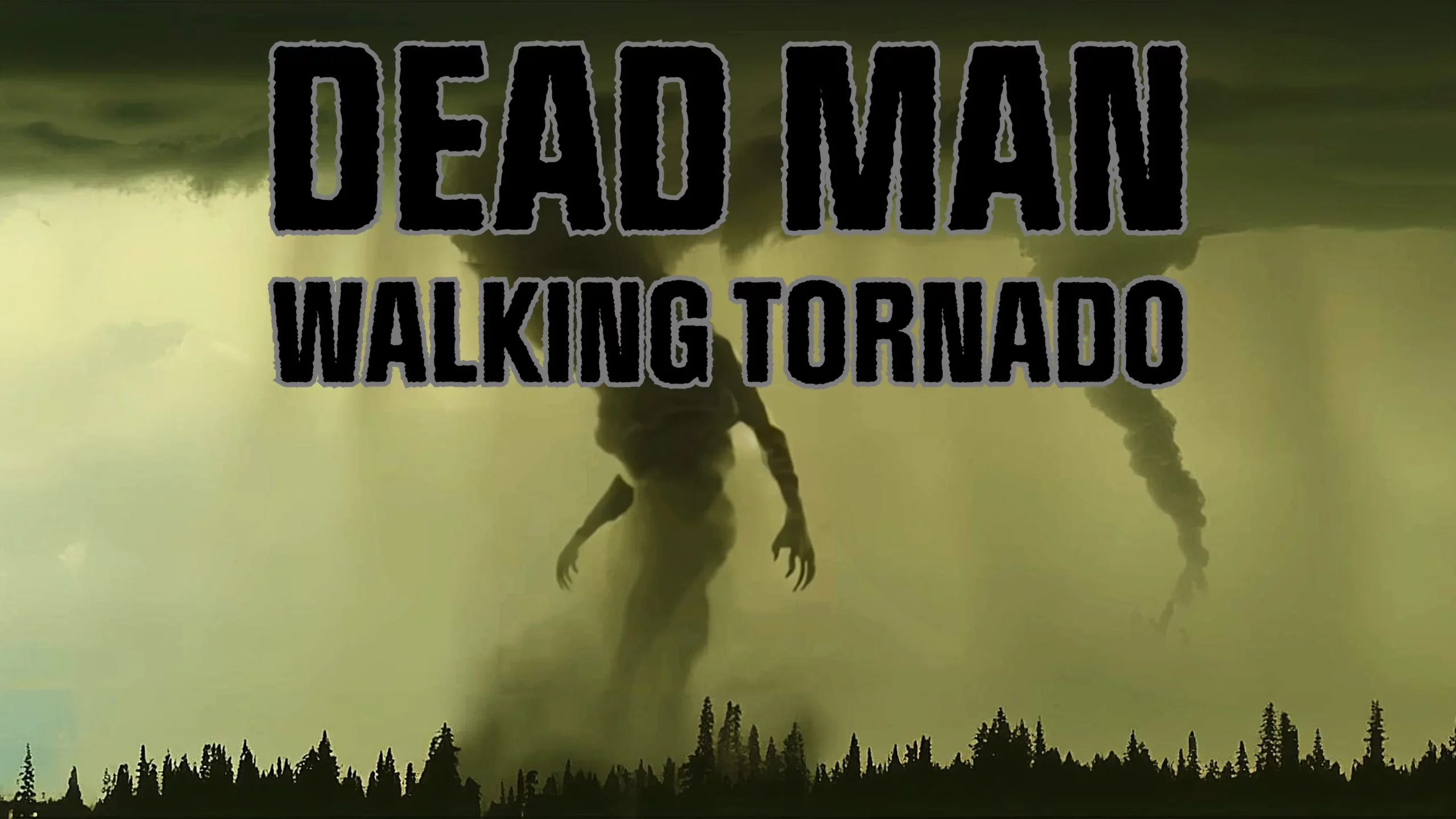
Dead man walking tornado. Multi Vortex Tornado. Why is it so dangerous?

When we think of tornadoes, images of swirling wind funnels tearing through landscapes often come to mind. However, among these destructive forces of nature, a particular type is especially feared: the Dead Man Walking Tornado. The name itself evokes a sense of dread, and rightfully so. But what exactly is this phenomenon, and why does it stand out among other tornadoes?
The Dead Man Walking Tornado typically describes a multi-vortex twister, where multiple smaller funnels, or sub vortices, rotate within a larger tornado. This formation not only creates uneven and unpredictable damage but also gives the tornado a terrifying appearance, resembling a giant man slowly walking. The name highlights the deadly nature of these tornadoes, as their shifting sub vortices can catch people off guard and cause sudden, severe destruction.
@ukcityweather Dead man walking tornado. Multi Vortex Tornado. #tornado #deadmanwalkingtornado ♬ оригінальний аудіозапис – cityweather - cityweather
Unlike an ordinary twister, which might move quickly across a landscape, giving clear signs of its trajectory, the Dead Man Walking Tornado can appear to hover or move very slowly. This slow or seemingly stationary movement is deceptive; it gives the impression that the tornado is less of a threat, or that there is more time to seek shelter. In reality, it is often larger and more powerful, and its slow movement allows it to cause extensive damage over a longer period in the same area.
Over the years, several dead man walking tornadoes have etched their names into history with their devastating impacts. Below are some of the most infamous:
The 1997 Jarrell Texas Tornado (EF5).
The Jarrell dead man walking tornado is one of the most notorious examples of this phenomenon. On May 27, 1997, an EF5 tornado tore through the small town of Jarrell, Texas. What made this Jarrell tornado particularly deadly was its slow movement combined with its massive size and strength. With winds exceeding 260 mph, it obliterated everything in its path, leaving nothing but bare ground where homes once stood.
The 1974 Xenia, Ohio.
On April 3, 1974, a powerful deadman walking twister hit Xenia, Ohio, as part of the 1974 Super Outbreak. One of the biggest tornado outbreaks in the history of the United States. This EF5 tornado followed a destructive path through the town, flattening homes and buildings. Its slow movement made it particularly deadly, as it seemed to linger over the town, causing prolonged destruction.
The 2011 Cullman-Arab, Alabama.
Another devastating dead man walking tornado occurred on April 27, 2011, in Cullman-Arab, Alabama. It was part of the 2011 Super Outbreak. The Cullman-Arab twister was particularly slow-moving, and its size and strength made it one of the deadliest tornadoes of the outbreak, causing significant loss of life and property.
The 2011 Joplin tornado, Missouri.
The Joplin tornado that struck on May 22, 2011, is another infamous dead man walking tornado. Rated as an EF5, this tornado caused unprecedented damage, making it one of the deadliest tornadoes. It killed 158 people and injured over a thousand, with its slow progression contributing significantly to the high casualty rate.
The 2013 El Reno, Oklahoma Tornado.
Finally, the 2013 El Reno tornado is a recent and terrifying example of this phenomenon. On May 31, 2013, it became the biggest tornado ever recorded, with a width of 2 point 6 miles. Although initially rated EF3, later analysis showed that it contained EF5-strength winds. Its sheer size and slow movement made it especially dangerous, and it tragically claimed the lives of several seasoned stormchasers who underestimated its behavior.
Dead man walking tornadoes are particularly dangerous because of their deceptive slow movement, which often lulls people into a false sense of security. Understanding the unique risks posed by these tornadoes, as seen in cases like the Jarrell and El Reno, is crucial for survival. These twisters remind us that the most deadly threats are often the ones that seem to move the slowest.